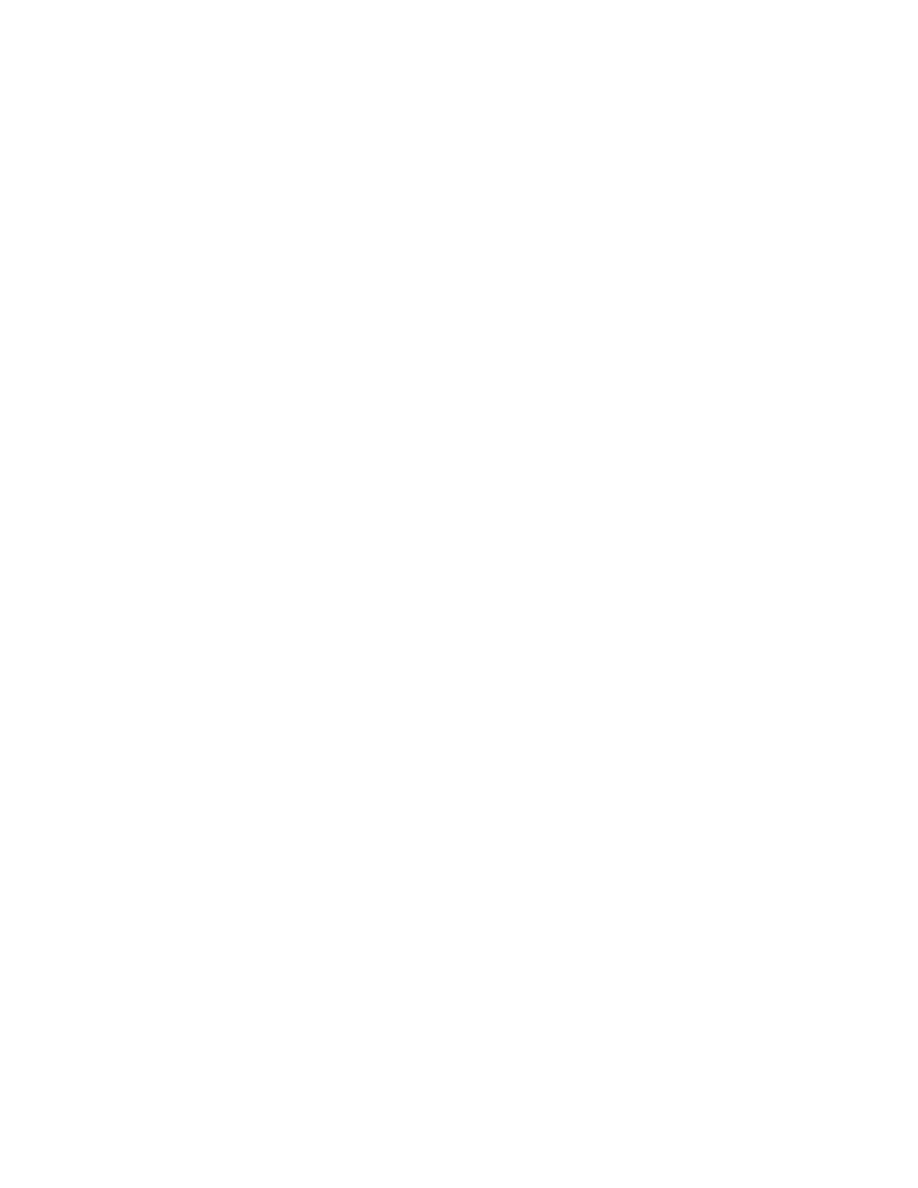
790
14 CFR Ch. I (1–1–14 Edition)
§ 29.1041
flow of lubricant from the outlet to the
filter required by paragraph (b)(1) of
this section. The requirements of para-
graph (b)(1) of this section do not apply
to screens installed at lubricant tank
or sump outlets.
(c) Splash type lubrication systems
for rotor drive system gearboxes must
comply with §§ 29.1021 and 29.1337(d).
[Amdt. 29–26, 53 FR 34218, Sept. 2, 1988]
C
OOLING
§ 29.1041
General.
(a) The powerplant and auxiliary
power unit cooling provisions must be
able to maintain the temperatures of
powerplant components, engine fluids,
and auxiliary power unit components
and fluids within the temperature lim-
its established for these components
and fluids, under ground, water, and
flight operating conditions for which
certification is requested, and after
normal engine or auxiliary power unit
shutdown, or both.
(b) There must be cooling provisions
to maintain the fluid temperatures in
any power transmission within safe
values under any critical surface
(ground or water) and flight operating
conditions.
(c) Except for ground-use-only auxil-
iary power units, compliance with
paragraphs (a) and (b) of this section
must be shown by flight tests in which
the temperatures of selected power-
plant component and auxiliary power
unit component, engine, and trans-
mission fluids are obtained under the
conditions prescribed in those para-
graphs.
[Doc. No. 5084, 29 FR 16150, Dec. 3, 1964, as
amended by Amdt. 29–26, 53 FR 34218, Sept. 2,
1988]
§ 29.1043
Cooling tests.
(a)
General. For the tests prescribed
in § 29.1041(c), the following apply:
(1) If the tests are conducted under
conditions deviating from the max-
imum ambient atmospheric tempera-
ture specified in paragraph (b) of this
section, the recorded powerplant tem-
peratures must be corrected under
paragraphs (c) and (d) of this section,
unless a more rational correction
method is applicable.
(2) No corrected temperature deter-
mined under paragraph (a)(1) of this
section may exceed established limits.
(3) The fuel used during the cooling
tests must be of the minimum grade
approved for the engines, and the mix-
ture settings must be those used in
normal operation.
(4) The test procedures must be as
prescribed in §§ 29.1045 through 29.1049.
(5) For the purposes of the cooling
tests, a temperature is ‘‘stabilized’’
when its rate of change is less than 2
°
F
per minute.
(b)
Maximum ambient atmospheric tem-
perature. A maximum ambient atmos-
pheric temperature corresponding to
sea level conditions of at least 100 de-
grees F. must be established. The as-
sumed temperature lapse rate is 3.6 de-
grees F. per thousand feet of altitude
above sea level until a temperature of
¥69.7 degrees F. is reached, above
which altitude the temperature is con-
sidered constant at ¥69.7 degrees F.
However, for winterization installa-
tions, the applicant may select a max-
imum ambient atmospheric tempera-
ture corresponding to sea level condi-
tions of less than 100 degrees F.
(c)
Correction factor (except cylinder
barrels). Unless a more rational correc-
tion applies, temperatures of engine
fluids and powerplant components (ex-
cept cylinder barrels) for which tem-
perature limits are established, must
be corrected by adding to them the dif-
ference between the maximum ambient
atmospheric temperature and the tem-
perature of the ambient air at the time
of the first occurrence of the maximum
component or fluid temperature re-
corded during the cooling test.
(d)
Correction factor for cylinder barrel
temperatures. Cylinder barrel tempera-
tures must be corrected by adding to
them 0.7 times the difference between
the maximum ambient atmospheric
temperature and the temperature of
the ambient air at the time of the first
occurrence of the maximum cylinder
VerDate Mar<15>2010
10:12 Mar 18, 2014
Jkt 232046
PO 00000
Frm 00800
Fmt 8010
Sfmt 8010
Y:\SGML\232046.XXX
232046
pmangrum on DSK3VPTVN1PROD with CFR